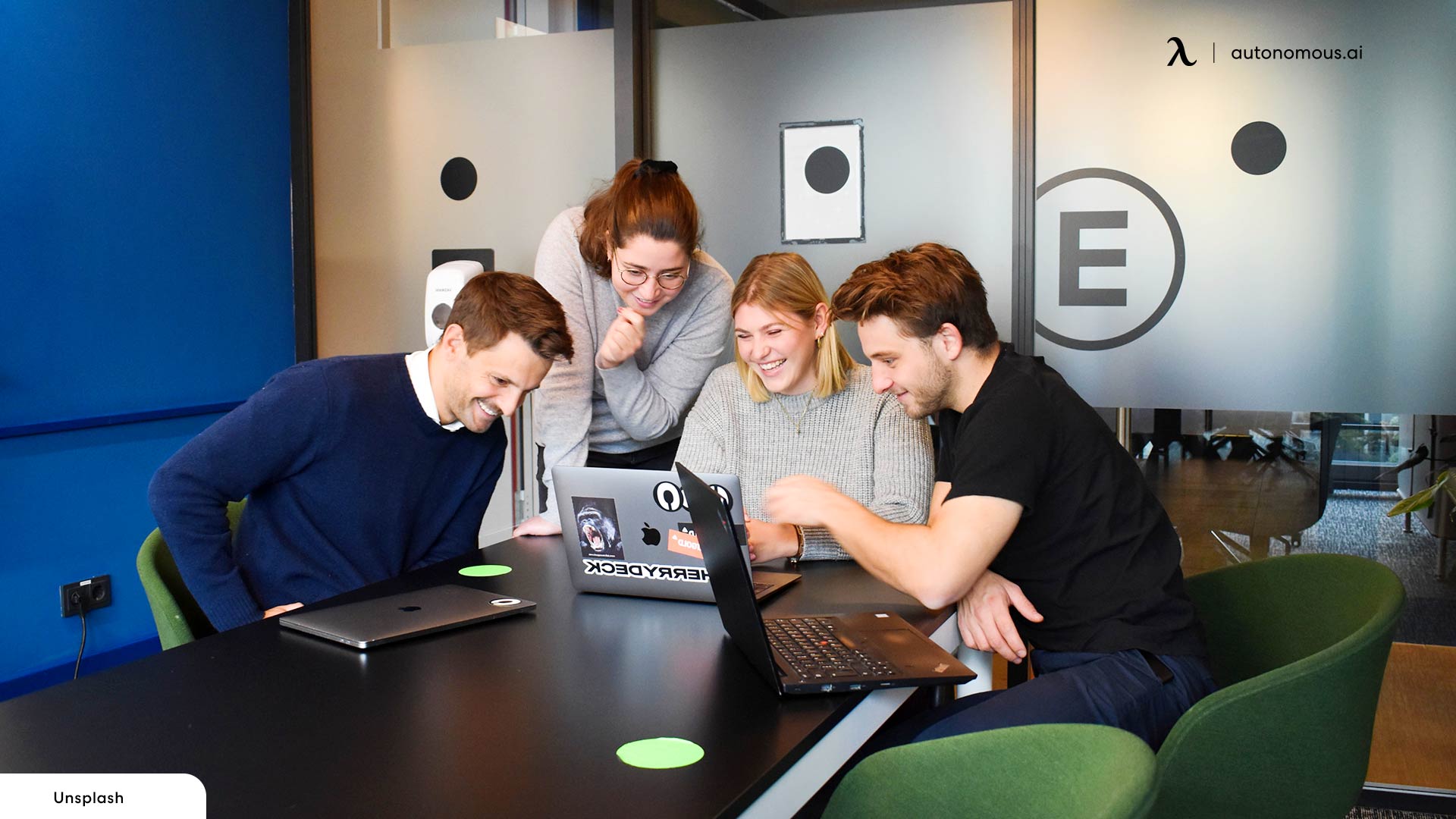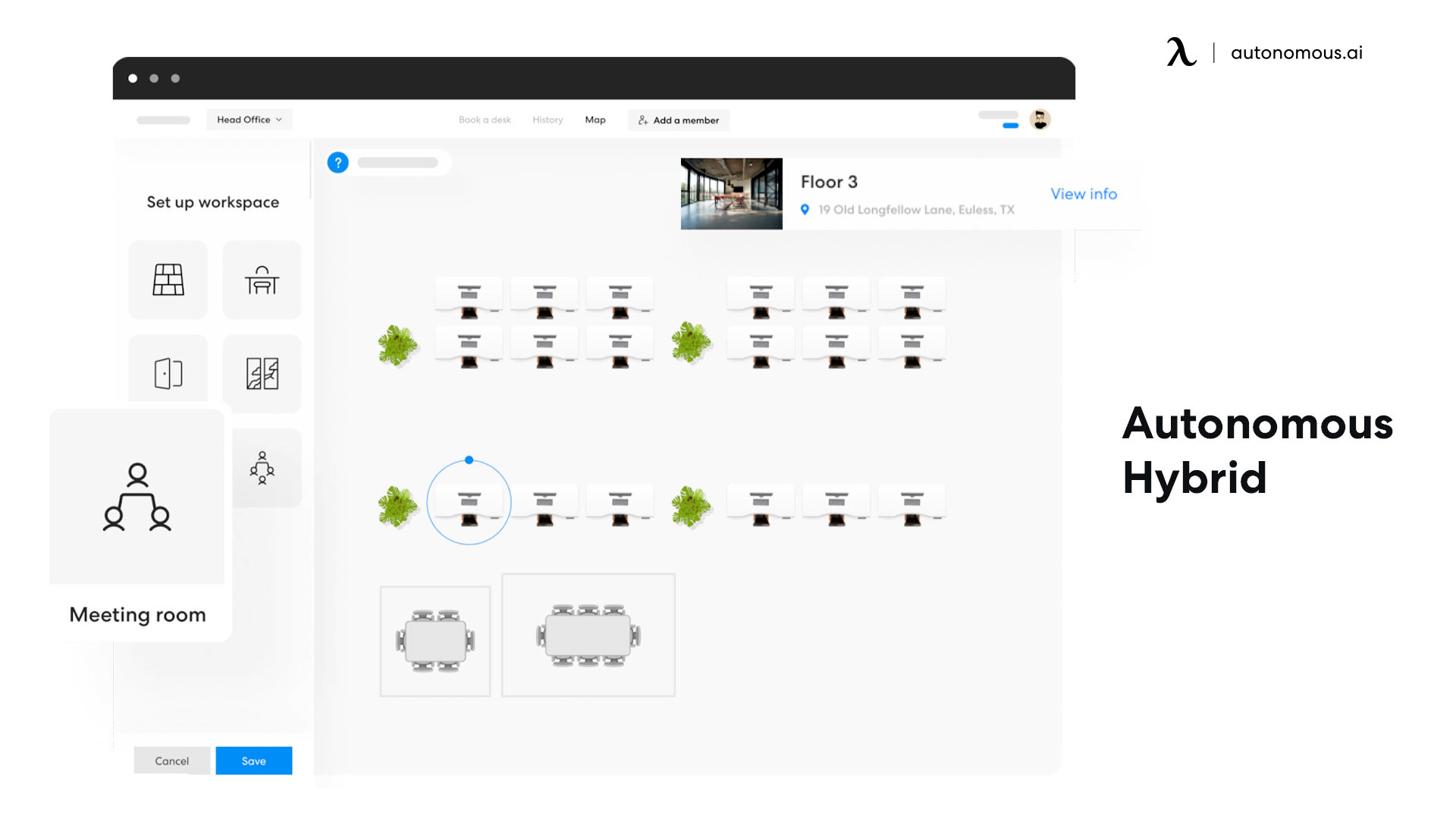
Employees Return to Office with Anxiety: How Can You Help Them?
After two years of mask-wearing, social distancing, and remote working, many employers are readying the office and bringing their staff back. But for some employees, the idea of readjusting to working in an office again is proving to be more daunting than expected. The reason is simple – they are stuck with conflicting interests that trigger a return to office anxiety.
On one side, they do not wish to risk employees’ health or aggravate transmission or COVID-19. But, on the other hand, they're financially motivated because they have saved money, commute time, and feel more refreshed while still being productive.
Why do Employees Feel Anxious When Getting Back to Work?
A return to office anxiety condition is created when employees feel pressured to return to the office. The causes might even include the stress of being exposed to the virus, reduced work flexibility, commute frustrations, wearing masks at work, childcare needs. Some employees even fear the lack of sanitization or social distancing measures.
Managers also recognize that remote working doesn’t relate to reduced productivity and drives greater equality and growth opportunities. On the contrary, free time gained from reduced commuting leads to happier, rested, happier employees.
If that’s the case, then why is there employee anxiety about returning to work? This sensation could boil down to several factors: employees feel left out regarding their thoughts on return-to-work policies. This communication gap might create tension, and distrust for employees who aren’t ready and who are anxious about returning to work.
How Managers Can Help Anxious Employees
At the moment, there’s a lot of back to work worries, and managers want to use that information to build new policies on returning to work. Their focus should be on the challenges ahead and the responses to them. They can then build appropriate strategies and wellness programs for them.
Employee polls

A poll gives you a better idea of what employees need and their emotional stance on things. It shows that their opinion is valued and accounted for when making a major return to work strategy decision that affects them.
Hybrid working
Some employees have anxiety over routines at home being disrupted again as they go back to the office. A hybrid work environment might be the answer if the popular opinion does not favor going back to work. Such work arrangements are already in place and are proving to be beneficial to all involved. Employees won’t miss out on the benefits of a flexible work environment: exercising, relaxation, overall wellness, etc. Managers gain from higher productivity counts as employees are in better shape.
More technological tools
Most of the commercial world has gone digital, and there are even more employee wellbeing tools available. Such tools are just the kind of technological advancement that all employees could benefit from and remove all return to office anxiety. It helps them to manage mental health in the office and improve their mood via crisis adaptation.
Psychological quotients

As the office reopens, consider providing many flexibility options. Flexibility should cover how often and when employees report for work. It isn’t just about being compassionate or mindful of their needs; it's more about retaining good productivity and even greater people. Psychological factors are fragile in a given time frame due to the pandemic, personal difficulties, stress, and more. Some individuals are even eager to consider resignation if they don't have the work flexibility. Other employees who like their work position would prefer full-time remote working or at least a hybrid work arrangement.
Some best practices
As you can see, bringing people back to work will open up a whole new chapter of challenges. This return to office anxiety can be addressed by providing a reason for implementing new policies. Those policies should consider the needs of employees too. Certain best practices can help you to connect the expectations and concerns surrounding working from home.
Pilot programs

To prevent overwhelming your employees, ease them into working via pilot programs. These programs are a quick experiment to let you know how things will work out and identify issues. The solution might even work for those with concerns. During this pilot program, ask for feedback as often as possible to gauge its feasibility. The approach works for groups of employees or individuals who are particularly anxious.
Realistic promises
It is very easy to assure employees that offices are safe and careers aren’t affected. It is also very tough to fulfill these assurances and prevent return to office anxiety. Be realistic about impacts on employee's careers should employees continue working from home. In terms of career impacts, employees might have fewer networking chances; their work might not be visible. On the other hand, offices don’t always have a zero-risk factor when it comes to the individual health needs of all employees.
Technological advantage

Technology is what made remote working possible, and it could even aid your return-to-work or hybrid office efforts. Apps like Autonomous Hybrid Office and other hot desking software are indispensable for new work layouts planning. It’s just one example to prove how much the office landscape has changed. Hot desking apps like this one have made it easier for employers to set up hybrid work layouts and manage them.
They’re also critical tools for giving employees greater flexibility over choosing their time and place for work. This tool is better suited for the hybrid workspace as it lets workers reserve their desks as and when they need them. Managers need only to set up the layout initially and let employees make the reservation on their own time. It is one way to ensure higher ambivalence into a new work model and creates a culture that makes it easier for employees to adapt or pivot work easily.
Get exclusive rewards
for your first Autonomous blog subscription.
You May Also Like





-7512dd9e-3510-42ed-92df-b8d735ea14ce.svg)


